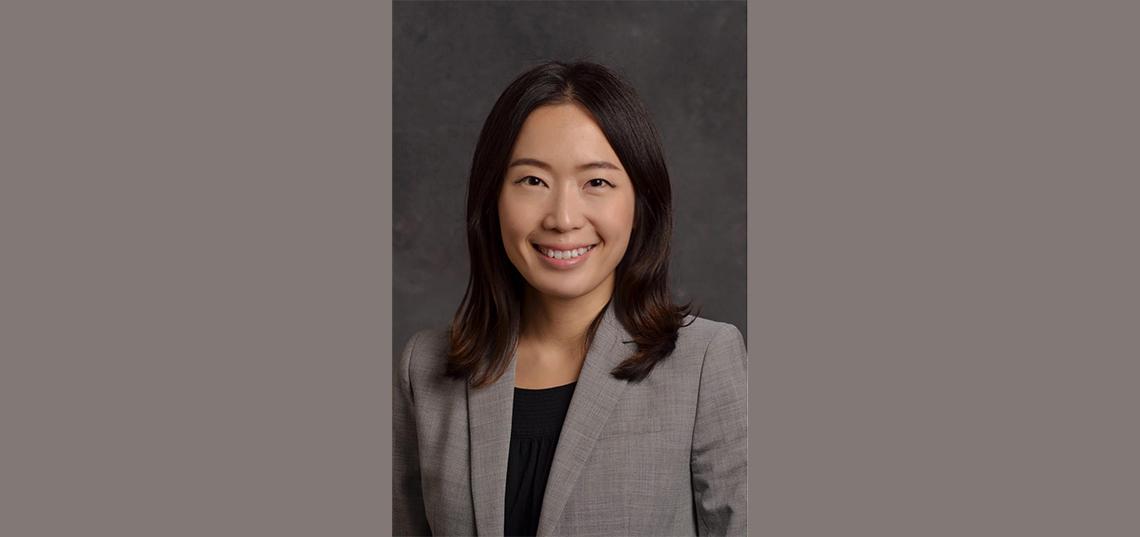
Understanding how people engage in communication behaviors, such as expertise sharing and identity work, in order to manage the process of joining, sustaining participation in, and/or leaving collaborative work environments, is the research focus of Assistant Professor of Communication DaJung (DJ) Woo, who earned her doctorate at the University of California Santa Barbara and joined the SC&I faculty in September, 2020. As a field researcher, Woo collects data through directly engaging with organizations and their members (e.g., interviews and participant observations) to gain a grounded understanding of communication practices. Below, Woo describes two of her current research projects in greater detail.
The first area of my research is organizational and vocational socialization. I have always been interested in how people become interested in or choose a career, profession, or organizations to join. When I look at the people around me some of those decisions seem arbitrary. Some people will say, “just because they were hiring, and they had jobs I wanted.” Or students will say, “the internship opportunity became available, and I happened to like it, so I went into that field or organization.” But sometimes those decisions seem clearly related to factors such as family members’ influence and/or individuals’ passion they have developed over a long time period. Regardless of the specific reasons, people eventually need to develop a sense of belonging, a sense of membership, and a sense of expert status within a professional community and organizations in order to be happy and function effectively in the workplace.
Undoubtedly, I believe communication plays a key function in that, whether its interactions with supervisors or coworkers, where people learn about their job tasks and responsibilities and make sense of what it means to be a member of that professional group or organization. I have looked at communication dynamics such as how people share their expertise and how they negotiate their professional identities while entering and trying to get accepted into their work groups.
To give an example of my current project, especially during this time of COVID, I am working with my collaborators to understand how newcomers joining organizations virtually during this pandemic are experiencing their socialization and assimilation—including how they initiate relationships, seek or obtain knowledge they need to be successful, and to what extent their proactive communication practices matter. We are interviewing people who started their jobs in the last six months to understand their overall organizational experience during this time.
The second area of my research is motivated by the first topic I discussed, which is cross boundary collaboration including interprofessional and interorganizational collaboration. I began to wonder, when people are assimilated and have a strong sense of belonging and expertise within their groups, how do they collaborate with people who are assimilated in different professional groups and organizations? Interdisciplinary collaborations are becoming increasingly important. It’s not difficult to see groups of people working across various knowledge boundaries in a variety of organizational settings, including academia. But as we all know, what works in one setting and what one believes is effective does not necessarily work in another, so collaborators need to negotiate how to work together to achieve their goals. Also, they need to negotiate their collective identity so they can start to see themselves as a unified group that transcends their individual professional or organizational identities. So, I have been researching these topics through field research methods, and one of my favorite parts of my job as a researcher is going to different people’s work environment to learn how they communicate on their jobs.
For example, my dissertation looked at urban planning and how people from different government agencies, non-profit agencies and for-profit entities work together to envision the future of their region in the next 25-30 years collectively. It’s a very important yet ambiguous goal they have to achieve together, so it was really interesting to see how they communicate their different knowledge and interests while trying to work collaboratively across their various organizational and professional boundaries.
In another recent project, I collaborated with a health communication researcher and an emergency physician to do an observational study in a hospital emergency room, exploring how nurses, physicians, and technicians collaborate through what is known as “teaming.” Unlike collaborations that are pre-planned and strategically set up, these emergency care providers have to collaborate in teams on the spot on an as-needed basis. So we looked at how they share their different knowledge and facilitate their interprofessional collaboration in a time-sensitive and fast-changing environment. I have also been recently looking at how technology is used in collaborative work, particularly advanced simulation modelling which has become a crucial topic during the pandemic.
This semester I am teaching comm 357, organizational communication.
More information about the Communication Department at the Rutgers School of Communication and Information is on the website.
